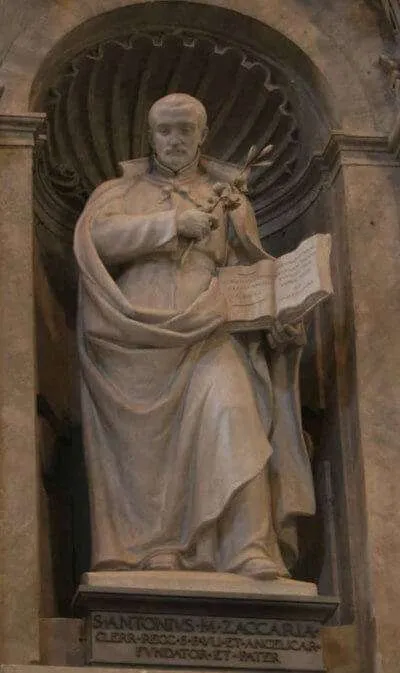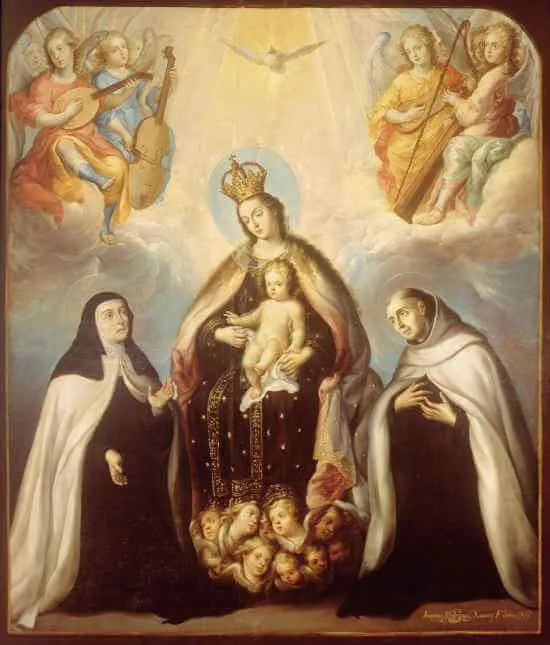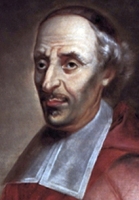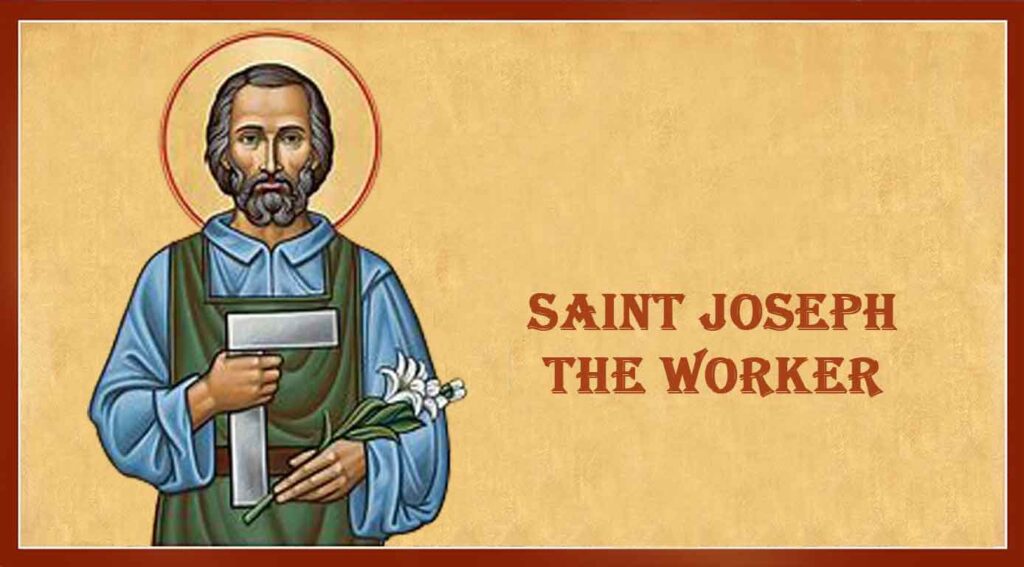1502–1539; Patron Saint of physicians; Canonized by Pope Leo XIII on May 27, 1897
In 1502, Anthony Mary Zaccaria was born into a noble family in Cremona, a town in northern Italy. His father died when Anthony was two, leaving his eighteen-year-old mother to raise her only child. She ensured he received a good education and instilled in him a deep faith. His mother taught him to pray, leading him to spend long periods praying before a special altar dedicated to the Blessed Virgin Mary in their home, attending Mass, and preaching to his friends. Anthony was also deeply influenced by his mother’s care for the poor. Once, while returning from church, he encountered a poor, half-naked beggar who asked for alms. Having nothing on him, Anthony gave the beggar his silk cloak. His mother’s praise for this act of charity further motivated Anthony’s dedication to caring for the poor and sick.
After Anthony completed his elementary studies in Cremona, his mother sent him to Pavia to study philosophy and then to Padua to study medicine. At the age of twenty-two, he earned his doctorate in medicine and returned to Cremona, where he began his work as a physician, devoting much of his time to the care of the poor. As a physician, Doctor Anthony discovered that he could minister to both the physical and spiritual needs of the sick, especially those who were on their deathbeds. When called to the bedside of the sick, he encouraged them to turn to God in prayer, to receive the Sacraments, and to turn away from sin. He also gathered poor children together and taught them catechism. As his influence grew, members of the noble class also sought him out as a teacher for their children. Eventually, Doctor Anthony began preaching in the local church as a layman, drawing a diverse crowd of rich and poor, young and old.
Not long after starting his medical practice, Doctor Anthony realized that the salvation of souls was of far greater importance than the healing of the body. As a result, he abandoned his medical practice and devoted himself more fully to prayer so that he could discern God’s will. At the urging of his spiritual director, Anthony pursued theological studies and ordination to the priesthood, and in 1528, at the age of twenty-six, he was ordained a priest. During his first Mass, a miracle took place. At the moment of consecration, Father Anthony was enwrapped in light that remained until the Blessed Sacrament was consumed. News of this miracle spread quickly, and many wondered what would become of this new saintly priest.
As a priest, Father Anthony continued to minister to the spiritual needs of the people of Cremona. At that time, morals were in steep decline, poverty was on the rise, constant wars had taken a toll, and church attendance had greatly diminished. North of Italy, the Protestant Reformation was in full swing and confusion was prevalent. In this context, Father Anthony continued to catechize the young and old, rich and poor. Many were attracted to him due to his eloquence and manifest holiness. Indifferentism had become the “religion” of the day, but in Father Anthony, many people found an answer to their spiritual emptiness. They listened to his sermons and teaching, confessed their sins, attended his Masses, and sought out his counsel.
After laboring in Cremona for two years, divine providence led Father Anthony to Milan. Milan was a flourishing city at that time, but it was also a city without morals. Then under Spanish rule, Milan suffered from the turmoil caused by the Protestant Reformation. In Milan, Father Anthony attempted to do what he had done in Cremona, catechizing, preaching, calling people to repentance, visiting the sick and imprisoned, and caring for the poor. The moral decay in that town, however, was so great that Father Anthony knew he needed to do more. After much prayer and meditation upon the Cross, he was inspired to form a new community of religious individuals who would work for the salvation of souls. He met two kindred spirits, Bartholomew Ferrari and Anthony Morigia, who listened to his ideas and enthusiastically joined him. Together, they formed the Clerics Regular of St. Paul, a new religious order dedicated to simple and prayerful living and preaching that sought to imitate the great evangelist Saint Paul. This order later came to be known as the Barnabites, taking the name of one of Saint Paul’s faithful companions, Barnabas.
The Barnabites lived the radical Gospel message of Christ crucified, as preached by Saint Paul, by embracing radical poverty, mortification, charitable works, and the proclamation of the Gospel. Little by little, they aroused the interest of the people of Milan and hearts began to convert. The devil, furious at their victories for Christ, lashed out in numerous ways, first by disturbing them in their dwellings with noises and vile manifestations, and then by stirring up some townspeople against them. Father Anthony and his companions, however, were victorious, and the devil’s attacks were thwarted as the people turned to adoration of Christ crucified.
In addition to a new religious order for men, Father Anthony gathered some holy women together under Countess Ludovica Torelli, Countess of Guastalla, for whom Father Anthony was spiritual director. At Father Anthony’s request, the countess petitioned the pope for permission to found a new order. Once granted, Father Anthony, the countess, and other women founded the Angelic Sisters of St. Paul. They not only lived a life of prayer, penance, and poverty, but they also engaged in public works of charity, working to reform religious life as a whole by their good example. The order flourished and made a great impact in Milan and other cities.
For the next few years, Father Anthony and his followers worked to expand their ministry by offering conferences for the clergy, establishing an organization for married persons, and offering missions of evangelization. He fostered devotion to the Blessed Sacrament by instituting the practice of forty-hours devotion before the exposed Eucharist, encouraged frequent Communion, and prompted churches to ring their bells at three o’clock on Fridays to invite people to a moment of prayerful recollection on the Passion of Christ.
After years of severe penance and tireless service in his apostolate, Father Anthony died on the eve of the Solemnity of Saints Peter and Paul at the age of thirty-seven. Twenty-seven years after his death, his body was found to be incorrupt.
As we honor this fervent founder, preacher, lover of the Cross, and servant of charity, ponder Saint Anthony’s discovery that the salvation of souls is the greatest mission one can have in life. In the end, what will matter is how well we fulfilled the will of God. First and foremost, the will of God invites us all to have zeal for the proclamation of the saving message of Christ crucified in our words and deeds. Seek to imitate this servant of Saint Paul by freely embracing Saint Paul’s words, “But may I never boast except in the cross of our Lord Jesus Christ, through which the world has been crucified to me, and I to the world” (Galatians 6:14).
Source: https://mycatholic.life/saints/saints-of-the-liturgical-year/july-5—saint-anthony-zaccaria-priest/







